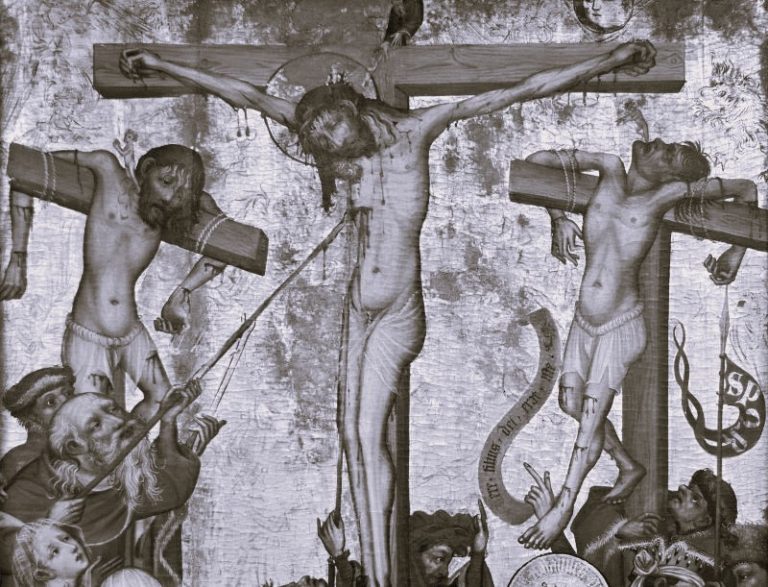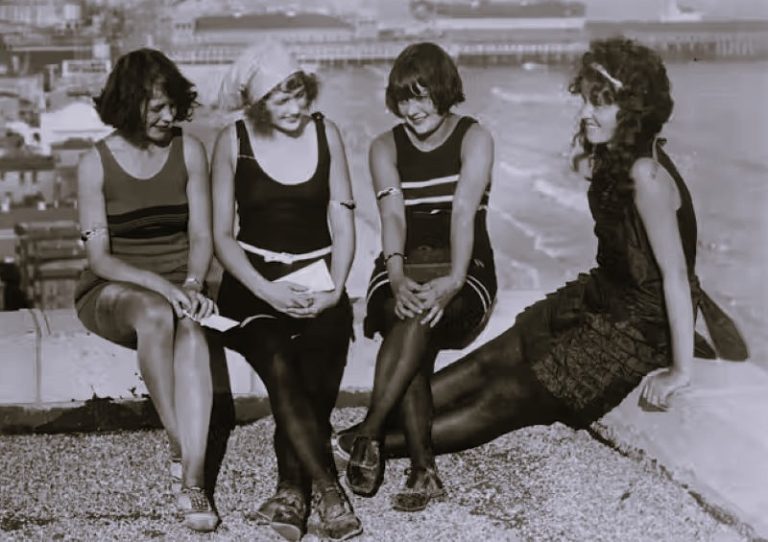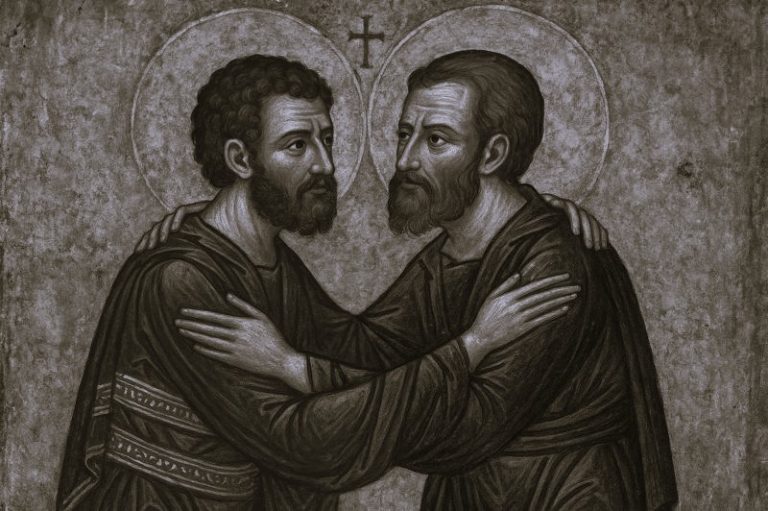
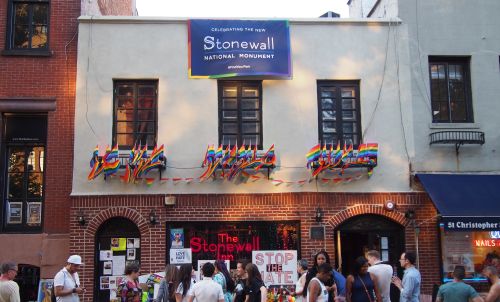
It stands as proof that identity, once forced into the margins, continues to carve out space in the center of American life. The change is uneven, contested, and incomplete. But it is real, and it is accelerating.

By Matthew A. McIntosh
Public Historian
Brewminate
A Shift Decades in the Making
Gallup released a statistic that, on the surface, looked like just another data point in the endless churn of polling: 9.3 percent of American adults now identify as lesbian, gay, bisexual, transgender, queer, or another non-heterosexual identity. Yet behind that single figure lies a cultural shift that has unfolded unevenly, often quietly, and sometimes defiantly across the last half century.
The number itself is more than a milestone. It is nearly triple the share Gallup recorded when it first asked the question in 2012, when 3.5 percent of respondents identified as LGBTQ+. It also marks an increase of more than a percentage point in just one year, a pace of change that few other demographic markers can match.
While public debates often fixate on policies, protests, and political theater, this kind of data reflects something more intimate. It reveals the cumulative effect of lived experience, shifting norms, and the widening space in which people feel safe, or at least safer, saying aloud who they are.
The Generational Divide
The rise is not evenly distributed across the population. Gallup’s data shows a steep generational gradient. Nearly 23 percent of Generation Z adults identify as LGBTQ+, compared with about 14 percent of millennials. The share drops sharply among older generations, with fewer than 5 percent of Generation X, and even smaller proportions among baby boomers and the Silent Generation, claiming the label.
It is tempting to read this as a sign that sexual orientation and gender diversity are simply more common among younger people. In truth, what is likely more common is the willingness to name and claim an identity in a world that, while far from universally accepting, offers more affirmation than it once did.
For older Americans, many of whom came of age when same-sex relationships were criminalized and transgender visibility was nearly nonexistent, the question itself can still carry risks. Silence and coded language were once acts of survival, not choice. Younger generations, though hardly immune to stigma, move through a world where LGBTQ+ lives appear more often on television, in politics, and even in small-town school yearbooks. That exposure matters.
Bisexuality at the Forefront
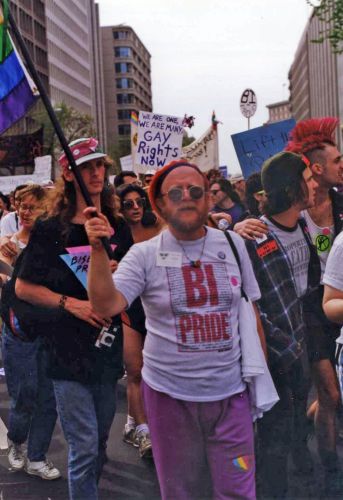
The most common identity within the LGBTQ+ umbrella is bisexuality. According to Gallup, more than half of LGBTQ+ adults describe themselves this way. This is partly because the bisexual label encompasses a wide range of experiences and attractions, and partly because younger respondents are more likely to embrace fluidity rather than fixed categories.
Bisexual individuals have long faced erasure from both heterosexual and gay communities, often dismissed as “confused” or “going through a phase.” That stereotype still lingers, yet the data suggests a quiet dismantling of such assumptions. The very act of ticking the “bisexual” box on a survey resists the pressure to fit into a singular narrative about desire.
Cultural Backdrop and Political Crosscurrents
This increase in identification has emerged during a paradoxical political moment. On one side, the United States has witnessed significant policy gains, from marriage equality to broader workplace protections. On the other, many states have enacted laws restricting transgender health care, curbing discussions of sexual orientation in classrooms, and rolling back anti-discrimination measures.
The contradiction is striking. Visibility is at an all-time high, but so is organized resistance. Some researchers suggest that this political backlash may have the unintended effect of strengthening identity formation among younger people. Public attacks on LGBTQ+ rights, especially those targeting trans and nonbinary youth, may push individuals to claim their identity more firmly as an act of resistance.
At the same time, cultural shifts cannot be explained solely by politics. They are also shaped by media representation, community support networks, and the rise of online spaces where identity can be explored privately before being declared publicly. For many, the first step toward identifying as LGBTQ+ takes place not in a physical community, but on a digital one.
Looking Ahead
If current trends continue, the percentage of Americans identifying as LGBTQ+ will likely keep climbing, though perhaps at a slower pace as generational replacement reaches its limits. The figure will also be shaped by shifting definitions. As new terms enter common usage and as public understanding of gender and sexuality evolves, so too will the ways people choose to self-identify.
The number 9.3 percent is not the endpoint of a story. It is a snapshot, one that captures both the progress and the fragility of a movement that is as much about the freedom to name oneself as it is about securing rights in law. For now, it stands as proof that identity, once forced into the margins, continues to carve out space in the center of American life. The change is uneven, contested, and incomplete. But it is real, and it is accelerating.
Originally published by Brewminate, 08.12.2025, under the terms of a Creative Commons Attribution-NonCommercial-NoDerivatives 4.0 International license.
